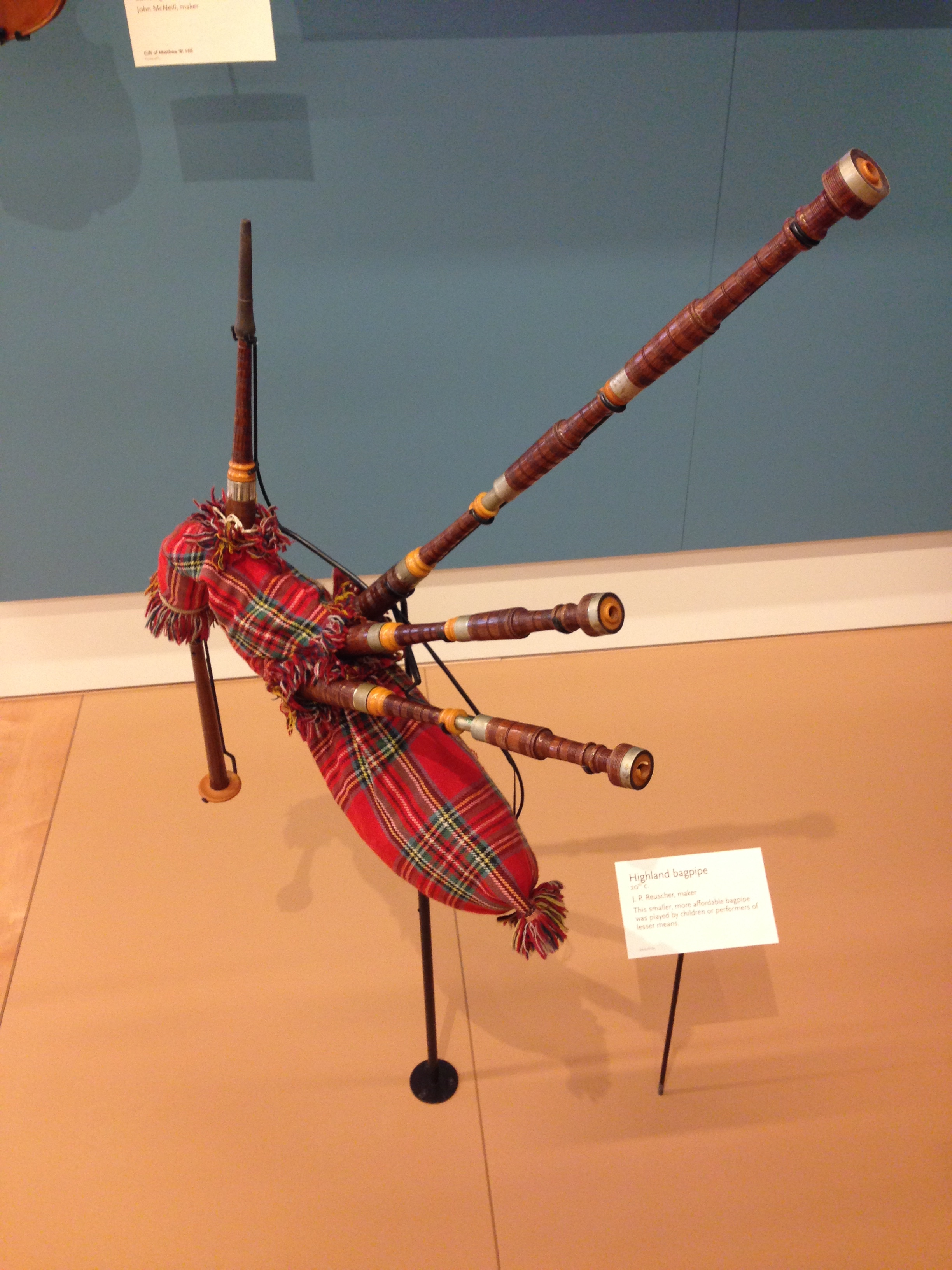Encyclopedia Dubuque
"Encyclopedia Dubuque is the online authority for all things Dubuque, written by the people who know the city best.”
Marshall Cohen—researcher and producer, CNN
Affiliated with the Local History Network of the State Historical Society of Iowa, and the Iowa Museum Association.
SCOTS
SCOTS. In the early years of Spanish colonization of the Americas, a Scot named Tam Blake spent 20 years in Mexico and Colombia and joined Coronado's 1540 expedition to the American Southwest.
After the Union of the Crowns of Scotland and England in 1603, James VI promoted joint expeditions overseas. The earliest Scottish communities in America were formed by traders and planters rather than farmer settlers. The center of Scottish commercial activity in the colonial period was Virginia. Regular contacts began with the transportation of indentured servants to the colony from Scotland, including prisoners taken in the Wars of the Three Kingdoms. By the 1670s Glasgow was the main outlet for Virginian tobacco, in open defiance of English restrictions on colonial trade; in return the colony received Scottish manufactured goods, immigrants and ideas. In the 1670s and 1680s Presbyterian Dissenters fled persecution by the Royalist privy council in Edinburgh to settle in South Carolina and New Jersey, where they retained their distinctive Scottish culture.
Scottish-American trade was finally established by the Act of Union in 1707. Population growth and the commercialization of agriculture in Scotland led to mass emigration to America after the French and Indian War, a conflict which had also seen the first use of Scottish Highland regiments as Indian fighters. More than 50,000 Scots, principally from the west coast, settled in the Thirteen Colonies between 1763 and 1776, the majority of these in their own communities in the South, especially North Carolina, although Scottish individuals and families also began to appear as professionals and artisans in every American town. Scots arriving in Florida and the Gulf Coast traded extensively with Native Americans.
The Scottish Enlightenment contributed to the American Revolution. In 1740, the Glasgow philosopher Francis Hutcheson argued for a right of colonial resistance to tyranny. Scotland's leading thinkers of the revolutionary age, David Hume and Adam Smith, opposed the use of force against the rebellious colonies.
Nineteen of the fifty-six delegates who signed the Declaration of Independence came from Scotland or Ulster or, like the Scottish-tutored Thomas Jefferson, had ancestors there. Other Founding Fathers like James Madison had no ancestral connection but were filled with ideas drawn from Scottish moral philosophy. Scottish Americans who made major contributions to the revolutionary war included Commodore John Paul Jones, the "Father of the American Navy", and Generals Henry Knox and William Alexander.
The Scotch-Irish, who had already begun to settle beyond the Proclamation Line in the Ohio and Tennessee Valleys, were drawn into rebellion as war spread to the frontier. Tobacco plantations and independent farms in the back country of Virginia, Maryland and the Carolinas had been financed with Scottish credit, and indebtedness was an additional incentive for separation.
Most Scottish Americans had commercial ties with the old country or clan allegiances and stayed true to the Crown. The Scottish Highland communities of upstate New York and the Cape Fear valley of North Carolina were centers of Loyalist resistance. A small force of Loyalist Highlanders fell at the Battle of Moore's Creek Bridge in 1776. Scotch-Irish Patriots defeated Scottish American Loyalists in the Battle of Kings Mountain in 1780. Many Scottish American Loyalists emigrated to Canada after the war.
Trade with Scotland continued to flourish after independence. The tobacco trade was overtaken in the nineteenth century by the cotton trade, with Glasgow factories exporting the finished textiles back to the United States on an industrial scale. Immigration from Scotland peaked in the nineteenth century, when more than a million Scots left for the United States, taking advantage of the regular Atlantic steam-age shipping industry which was itself largely a Scottish creation, contributing to a revolution in transatlantic communication. Scottish emigration in the United States followed, to a lesser extent, during the twentieth century, when the Scottish economy declined. This peaked in the first decade of the twentieth century, causing a hard life for the country's population. So many qualified workers Irish - Scots emigrated overseas, a part of which, established in Canada, would go the United States.
Source:
Wikipedia
In Dubuque, Scottish-Americans included Andrew Young McDonald, Robert Hutchison COLLIER, William ANDREW, William HOPKINS, David B. HENDERSON, Robert HAY, James HOWIE, Hugh CORRANCE, Walter MANSON, John MACDONALD, and C. LECKIE



